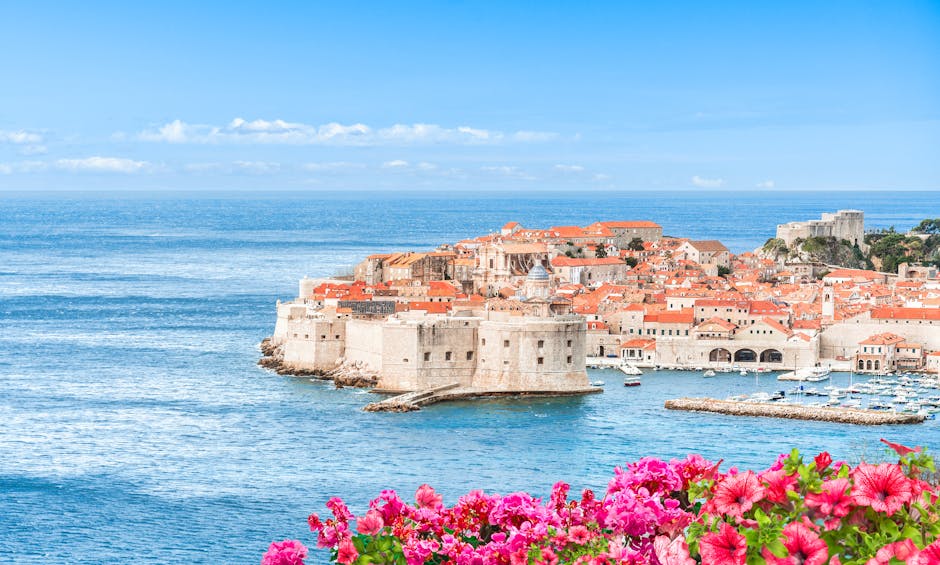
How castles have adapted to the modern world
Castles have always fascinated people with their grandeur and rich history. These medieval fortresses were once the centers of power and played a crucial role in defense strategies.
However, as times changed, castles also had to adapt to the modern world. From serving as defensive structures, many castles have transformed into luxurious residences, museums, hotels, or even event venues.
One example is the Windsor Castle in England. Originally built for defensive purposes, it has since become the oldest continuously inhabited castle in the world and serves as one of the principal official residences of the British monarchs.
Another notable adaptation is the Castle of Versailles in France. Once a hunting lodge, it evolved into a lavish palace during the reign of Louis XIV. The palace was designed to showcase the grandeur of the French monarchy and became a symbol of absolute monarchy.
Castles have also been renovated to house museums, such as the Prague Castle in the Czech Republic. It now serves as a cultural landmark and displays historical artifacts and art collections.
The adaptations of castles to the modern world have allowed these ancient structures to survive and stay relevant in today's society. They continue to attract tourists, historians, and enthusiasts who are eager to explore their rich history and witness the architectural marvels.
